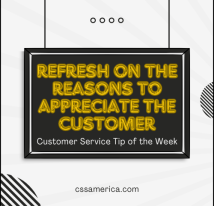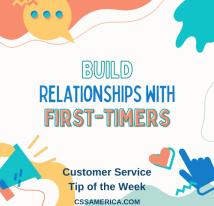
Gracias. Grazie. Gratias tibi. Obrigado. Tack. Merci. Danke. Thank You.
No matter how you say it, say it. Say Thank You. You can say Thank You in many different languages (shout out to Google Translate for what’s written above!). You can say it with your eyes, your gestures, your smile, and with a nod of the head.
You can say it in a written note or an email or a text. You can convey it face-to-face or on the phone. You can “like” a social media posting or send a little gift card of appreciation. You can say it in front of a group of co-workers or quietly convey it to the employee in the next cube.
You can do it at the start of the conversation or at the end of the conversation. You can do it each step of the way without having to wait until that process is done.
You can say it in a meeting or in front of someone’s boss.
One-on-one you can use the words thanks, appreciate, and value. In front of others you can use the words credit, acknowledge, recognize, salute, pay tribute, and even hail!
In America, it’s Thanksgiving week. So, let’s use that holiday as a good reason to be especially appreciative of co-workers and customers alike.
No matter how you say it, say it. Say Thanks!
Signup for FREE Tips! Contact Us More Resources for You Visit Our Home Page























